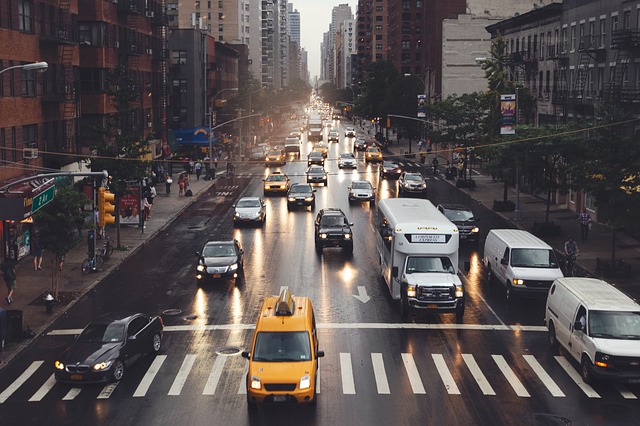Real-time traffic management has become a critical challenge for urban areas worldwide. With increasing populations and vehicle numbers, cities need innovative solutions to handle traffic congestion effectively. This is where artificial intelligence (AI) steps in. AI-driven traffic optimization, machine learning for traffic flow, and smart traffic control systems are revolutionizing how we manage traffic in real time. By integrating technologies like predictive traffic analytics, IoT, and AI-powered traffic signal control, cities can achieve smoother transportation systems and reduce congestion effectively.
The Role of AI in Real-time Traffic Management
Artificial intelligence plays a vital role in traffic management by analyzing vast amounts of data and providing actionable insights. AI technologies use predictive analytics, computer vision, and machine learning algorithms to detect traffic patterns and offer optimized solutions.
AI-driven Traffic Optimization
AI-driven traffic optimization involves using intelligent systems to manage traffic flow dynamically. These systems monitor traffic in real time, analyze historical data, and predict future conditions. For example, machine learning models can predict peak traffic hours based on past trends.
AI systems also adjust traffic signals in real-time based on current congestion levels, helping minimize delays and reduce carbon emissions. Moreover, these technologies can reroute vehicles during emergencies or road blockages, ensuring smoother traffic movement across the city.
Smart Traffic Control Systems
Smart traffic control systems powered by AI are transforming traditional traffic lights into adaptive and intelligent networks. Unlike fixed-timer signals, AI-powered traffic signals change dynamically based on real-time data from sensors and cameras.
For instance, a smart traffic system can prioritize emergency vehicles, such as ambulances, by creating green corridors. Additionally, these systems improve traffic flow by identifying bottlenecks and reallocating green light durations to reduce queue lengths. Such advancements contribute to a safer and more efficient urban transportation network.
Real-time Traffic Prediction using AI
AI excels at predicting traffic patterns and preventing congestion before it occurs. By analyzing data from GPS, traffic cameras, and IoT devices, AI systems provide accurate traffic forecasts.
These predictions allow city planners to implement proactive measures, such as rerouting traffic or suggesting alternative routes to drivers. Predictive analytics also enable logistics companies to optimize delivery schedules by avoiding peak traffic times. Over time, such predictive systems help reduce travel delays and improve overall transportation efficiency.
AI in Smart City Traffic Solutions
In smart cities, AI integrates with IoT devices and connected vehicles to offer holistic traffic management solutions. Sensors placed across roads, intersections, and highways collect data on vehicle density and speed.
AI systems process this data in real time, enabling authorities to monitor traffic conditions on a centralized dashboard. These systems can also provide real-time updates to drivers through apps, minimizing the impact of congestion on daily commutes. By fostering seamless communication between vehicles, infrastructure, and users, AI strengthens the foundation of smart city development.
Conclusion
AI is a game-changer for real-time traffic management, offering smarter and more efficient solutions for urban congestion. By implementing AI-driven traffic optimization, smart traffic control systems, and predictive analytics, cities can transform their transportation networks. As technology continues to evolve, the integration of AI and IoT will further revolutionize traffic systems, paving the way for safer, greener, and more efficient urban mobility.






